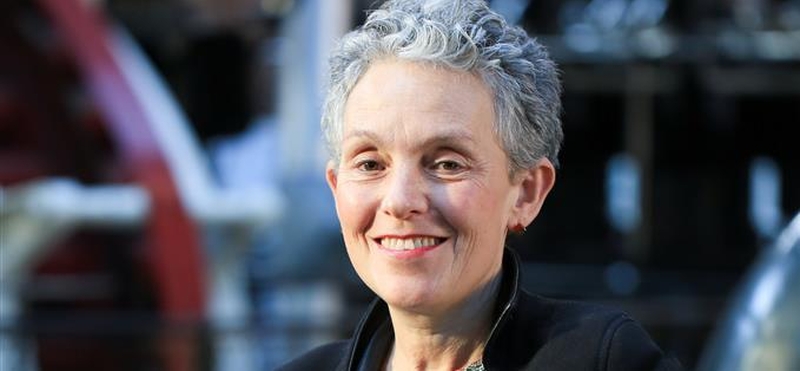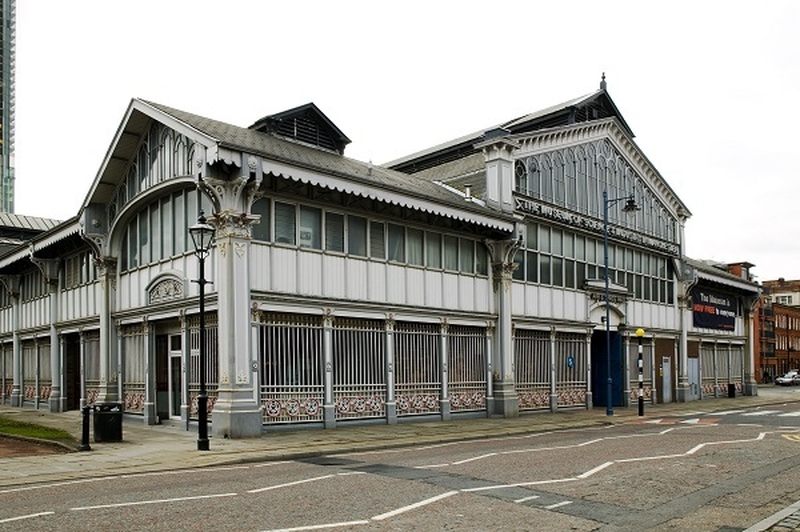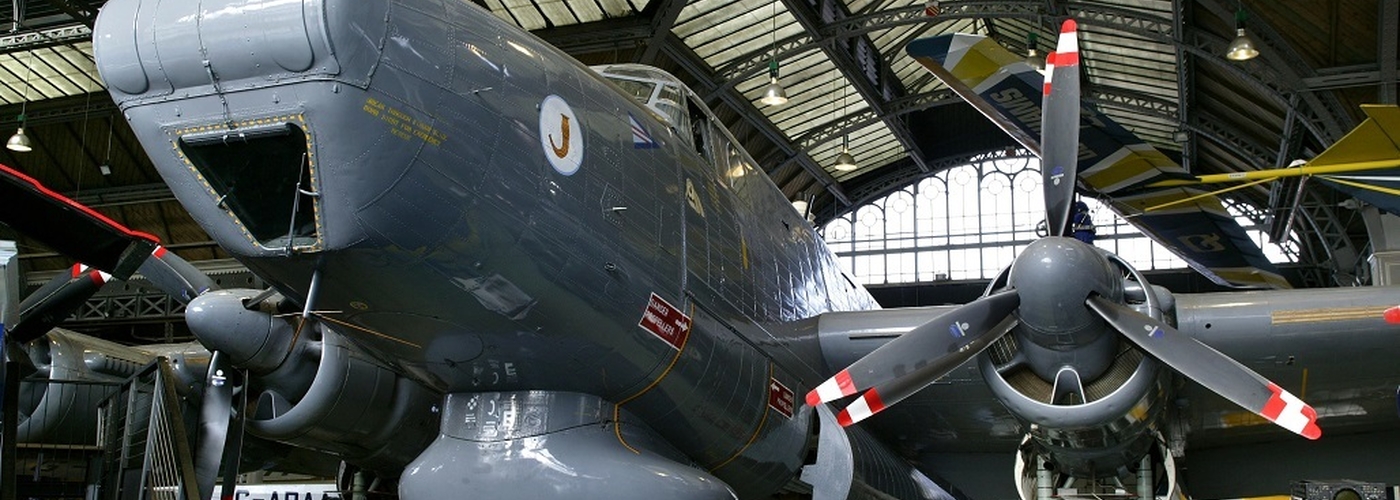Jonathan Schofield on big changes at the Science and Industry Museum in Castlefield
It’s well-loved as an exhibition hall but it has a roof like a colander. There are other problems with the building too, especially heating. Thus, the Science and Industry Museum has given up the lease for the Air and Space Hall while Manchester City Council, the owners, are looking for new uses for the building with Spinningfields’ developer Allied London.
It's easy to see the sense in rationalising the museum around the estate actually owned by the Science and Industry Museum
The original title for the Air and Space Hall is Lower Campfield Market designed by Mangnall and Littlewood in 1876, part of a matching (almost) complex of buildings with Upper Campfield Market, 1878, close to the Liverpool Road and Deansgate junction. The city council is, again, working with Allied London to find a use for Upper Campfield Market.
The Air and Space Hall closure
This is what the director of the museum Sally Macdonald says about the closure of the Air and Space Hall.
“The decision to vacate our lease has not been easy but it’s the right thing to do for our visitors, the building and the city. Since the Science Museum Group took on the Science and Industry Museum in 2012, we have been working hard on an extensive and intensive programme of urgent repair and conservation work to the buildings the museum inhabits so we can continue to inspire visitors with ideas that change the world.
“We have just completed a £5million new Special Exhibitions Gallery which over 20,000 visitors have already enjoyed, and we are investing £11.3million in our iconic Power Hall, due to reopen in 2023. We are also undertaking repairs valued at over £3m to the 1830 Station and 1830 Warehouse."
Macdonald continues: “As a charity we have invested significant resource to maintain and repair the Air and Space Hall since we have taken on its stewardship, however historic buildings do have a complexity of issues that date back many decades. The repair and investment work required to bring this beautiful building back to life is substantial, the space presents real challenges in the sustainable display of historic objects and ultimately, it is the responsible thing to now pass the building back to Manchester City Council, ready for its next chapter.
"We take seriously our responsibility to look after our globally significant buildings, which include the world’s oldest surviving passenger station and railway warehouse and we have to prioritise these buildings that we own.”

The closure has been on the cards for a while
Confidentials first broke the story of the museum potentially leaving the Air and Space Hall back in 2015, in an interview with Sally Macdonald.
Now it's clear, that after post-lockdown easing the Air and Space Hall will not reopen. For many people, this will be a great sadness. It has occupied Lower Campfield Market since 1985. People who came as children now bring their own children, people who came as parents now come as grandparents.
The Air and Space Hall was, at its best, all about the drama of big exhibits such as the Shackleton maritime patrol plane, the Spitfire, the Electic Lightening and small curios such as a Japanese kamikaze plane among so much else.
Yet it was a nightmare to maintain, not owned by the museum and there has never been enough city money to repair it. Having said that, of course, if some of the over-budget Factory money had been deflected the Air and Space Hall's way that might be another story. "Different budgets", of course.

It's easy to see the sense in rationalising the museum around the estate actually owned by the Science and Industry Museum and improving that estate. The present investment, outlined by Macdonald, is not only welcome, it’s overdue, as many of the museum’s galleries have been in desperate decay for decades.
A revitalised spick and span and contemporary Science and Industry Museum, adjacent to the shiny Factory arts centre and the existing Castlefield attractions will be just grand. Particularly good should be a new western pedestrian link between the landscaping in front of The Factory to the splendid yard of the 1830 warehouse on the museum site. If the former Air and Space Hall and Upper Campfield Market can be restored and given new life and loads of activity so much the better. A new chapter opens.
Follow @Jonath Schofield on Twitter
Jonathan has a huge range of Greater Manchester tours taking place this year. You can find his calendar of Manchester tours here.
So how will the Air and Space Hall collection be dispersed?
The majority of the bikes, planes and cars on display will be able to be seen in future displays in new locations around the UK, as they will be returned from loan to their home organisations. The RAF Museum’s spectacular Avro Shackleton will travel to its ‘spiritual home’ at the Avro Heritage Museum in nearby Woodford, Stockport, the site of A.V. Roe & Co Ltd where it was originally made by Manchester-born inventor Alliot Verdon Roe, a leader in British Aircraft design.
Well-loved objects from the Science and Industry Museum collections will remain there to be seen including the 1905 Rolls-Royce motor car, used by Henry Royce himself, currently on display in the Revolution Manchester gallery. The museum collection, including objects of scale, will continue to be used to tell the story of aeronautics in the North West and will be used in future galleries to showcase the huge contribution the region has made in aviation history.
Key stories such as how Manchester’s motor manufacturers have used progressive methods to produce some of the most iconic cars to have motored on our roads (including the Ford Model T) and around Manchester’s thrilling history of cycling innovation and triumphs (including bicycles dating from the 1800s) will also continue to be told in future displays at the museum.

















